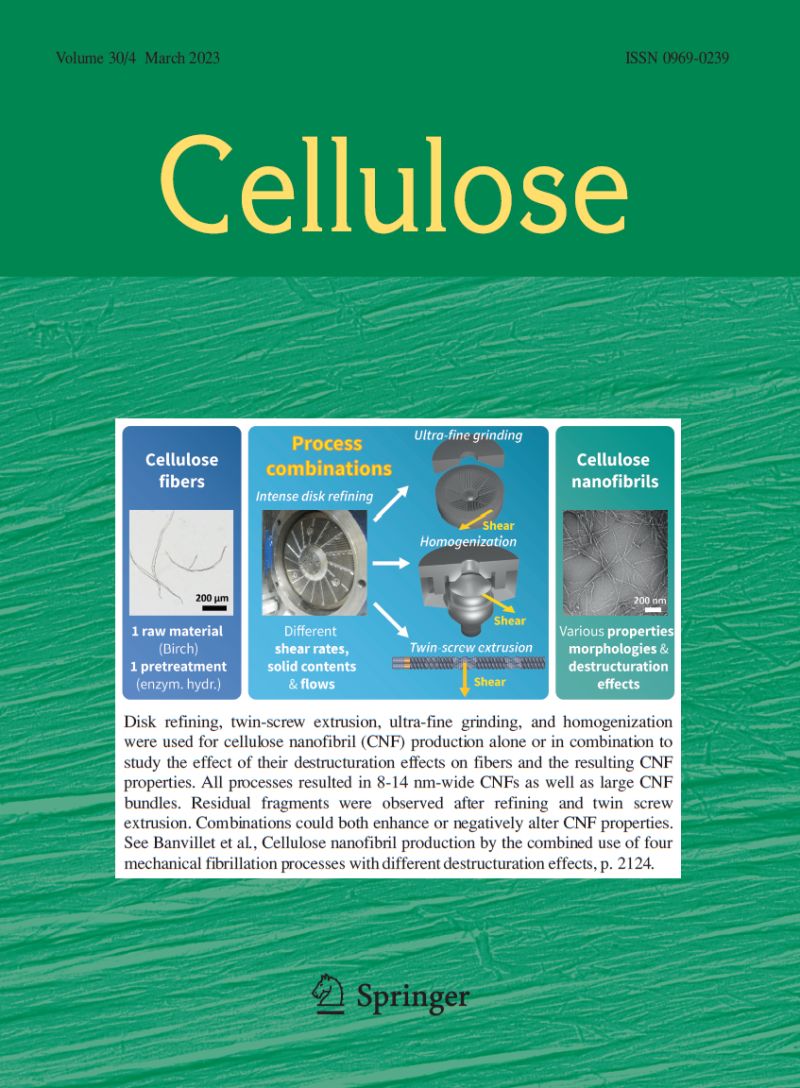Enzymatic degumming of hemp: a literature review
Abstract
Industrial hemp has attracted public attention in recent years since its planting legalization in the United States in 2018. Hemp exhibits unique advantages compared to cotton in sustainability and physical properties such as lower water consumption for cultivation and high tensile strength as a technical fiber. However, due to the complex chemical composition in hemp fiber, traditional hemp fiber processing has required harsh chemicals to remove the impurities, generating undesirable effluents. One approach toward achieving more sustainable hemp fiber production is to lower chemical requirements by employing enzymatic fiber degumming treatments. Natural gums must be removed to achieve high quality spinnable fibers. This review presents a thorough discussion of hemp fiber composition and structure as prerequisites for subsequent discussion of enzyme reactions on three main substrates in the gum—hemicellulose, lignin and pectin. Understanding the specific chemical structure of each substrate is essential for choosing corresponding enzymes for the treatment. The impacts of different enzymatic hemp degumming treatments are compared and their related characterization methods are assessed. As a result, this article provides the hemp industry with structure–function based guidance on degumming hemp with enzymes and offers strategies for establishing green production approaches to achieve sustainability for the industry.

 求助内容:
求助内容: 应助结果提醒方式:
应助结果提醒方式:


